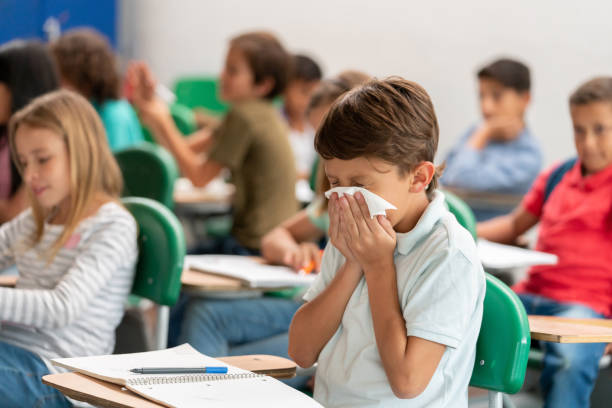As parents, we all want our children to grow up healthy and happy. However, when a child is diagnosed with an allergy, it can be a daunting and overwhelming experience for both the child and the parent. Childhood allergies are a common problem that affects many children, and it is important to understand the symptoms, causes, and prevention methods to ensure that your child stays healthy and happy.
Symptoms of Childhood Allergies
Childhood allergies can present themselves in a variety of ways, and it is important to recognize the symptoms to ensure that your child gets the proper treatment. Some common symptoms of childhood allergies include:
- Skin rashes, hives, and itching
- Runny or stuffy nose, sneezing, and congestion
- Wheezing, coughing, and difficulty breathing
- Digestive problems, such as vomiting and diarrhea
- Anaphylaxis, a severe allergic reaction that can cause difficulty breathing, swelling of the face and throat, and loss of consciousness
If you suspect that your child has an allergy, it is important to consult with your pediatrician for proper diagnosis and treatment.
Causes of Childhood Allergies
There are many different causes of childhood allergies, and it is important to identify the cause to avoid future allergic reactions. Some common causes of childhood allergies include:
- Food allergies, such as peanuts, tree nuts, milk, and eggs
- Environmental allergies, such as pollen, mold, and pet dander
- Insect sting allergies, such as bee stings
- Medication allergies, such as penicillin and sulfa drugs
It is important to note that allergies can develop at any time, and even if your child has not shown any symptoms in the past, they can still develop an allergy in the future.
Prevention of Childhood Allergies
While there is no cure for childhood allergies, there are steps that parents can take to prevent allergic reactions. Some prevention methods include:
- Avoiding known allergens, such as peanuts, tree nuts, and shellfish
- Keeping the home environment clean and free of dust, mold, and pet dander
- Keeping windows closed during peak pollen season and using air conditioning
- Using hypoallergenic bedding and clothing for your child
- Carrying an epinephrine auto-injector for severe allergic reactions
Conclusion
In conclusion, childhood allergies are a common problem that affects many children, and it is important to understand the symptoms, causes, and prevention methods to ensure that your child stays healthy and happy. By recognizing the symptoms of childhood allergies, identifying the causes, and taking preventative measures, parents can help their children avoid future allergic reactions. If you suspect that your child has an allergy, it is important to consult with your pediatrician for proper diagnosis and treatment.

